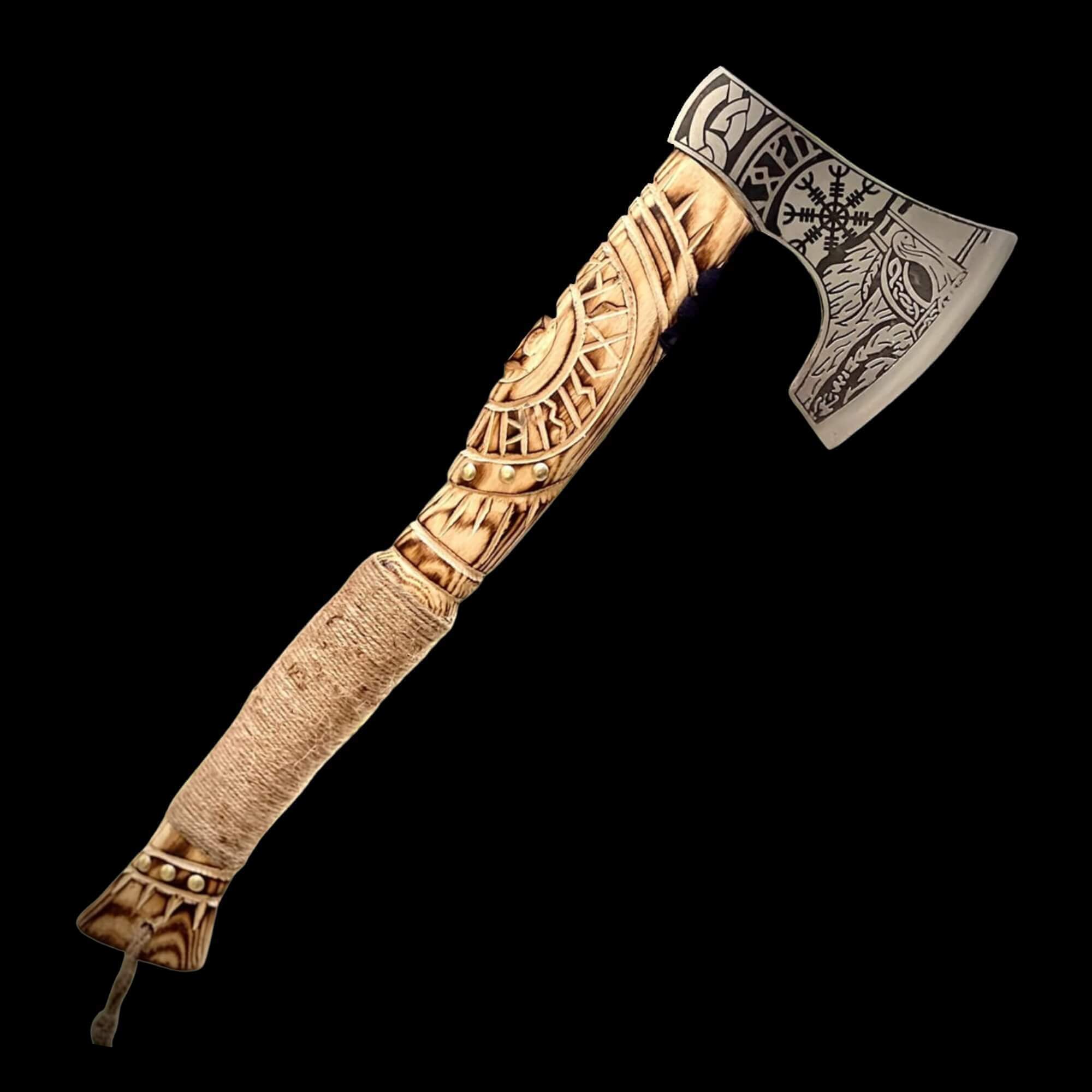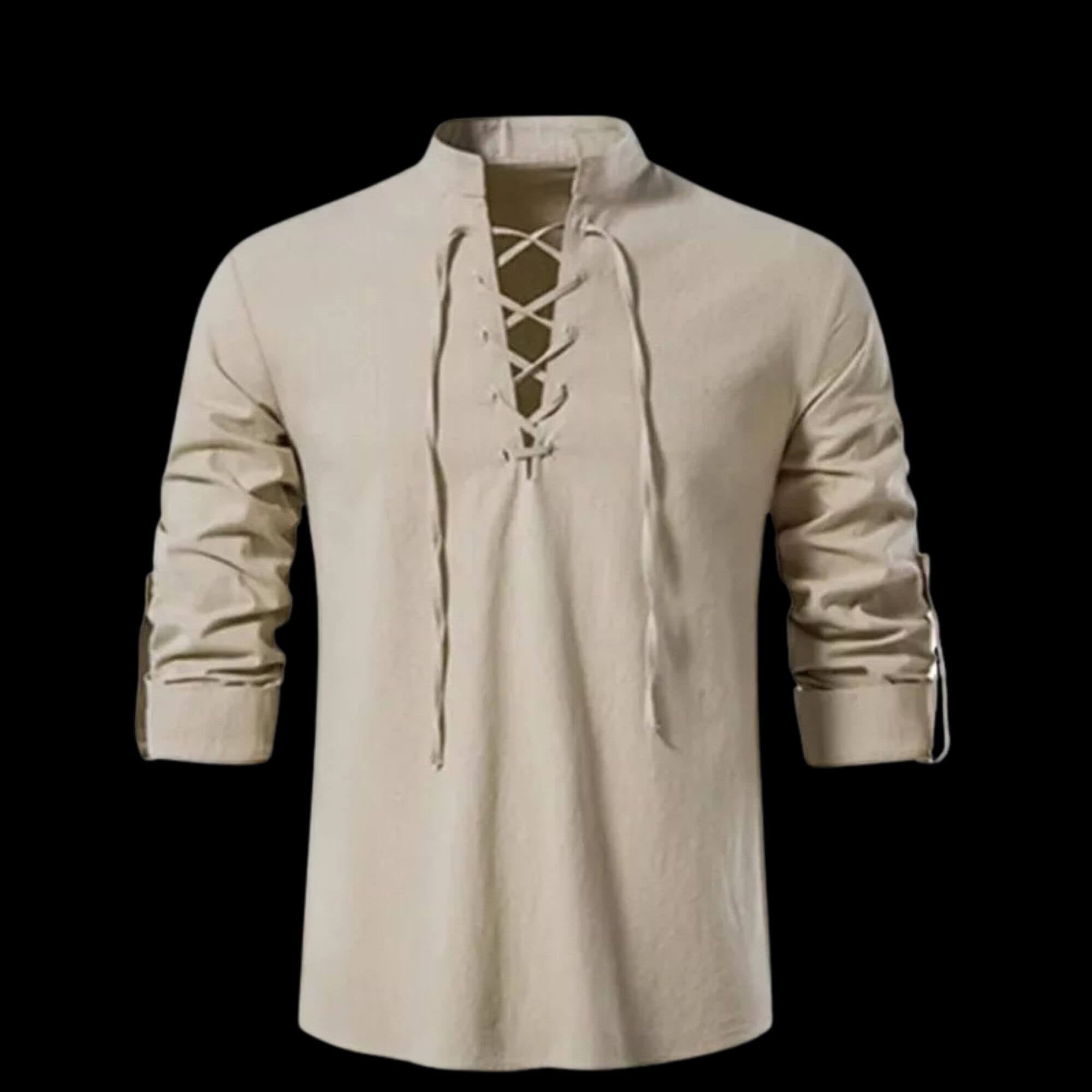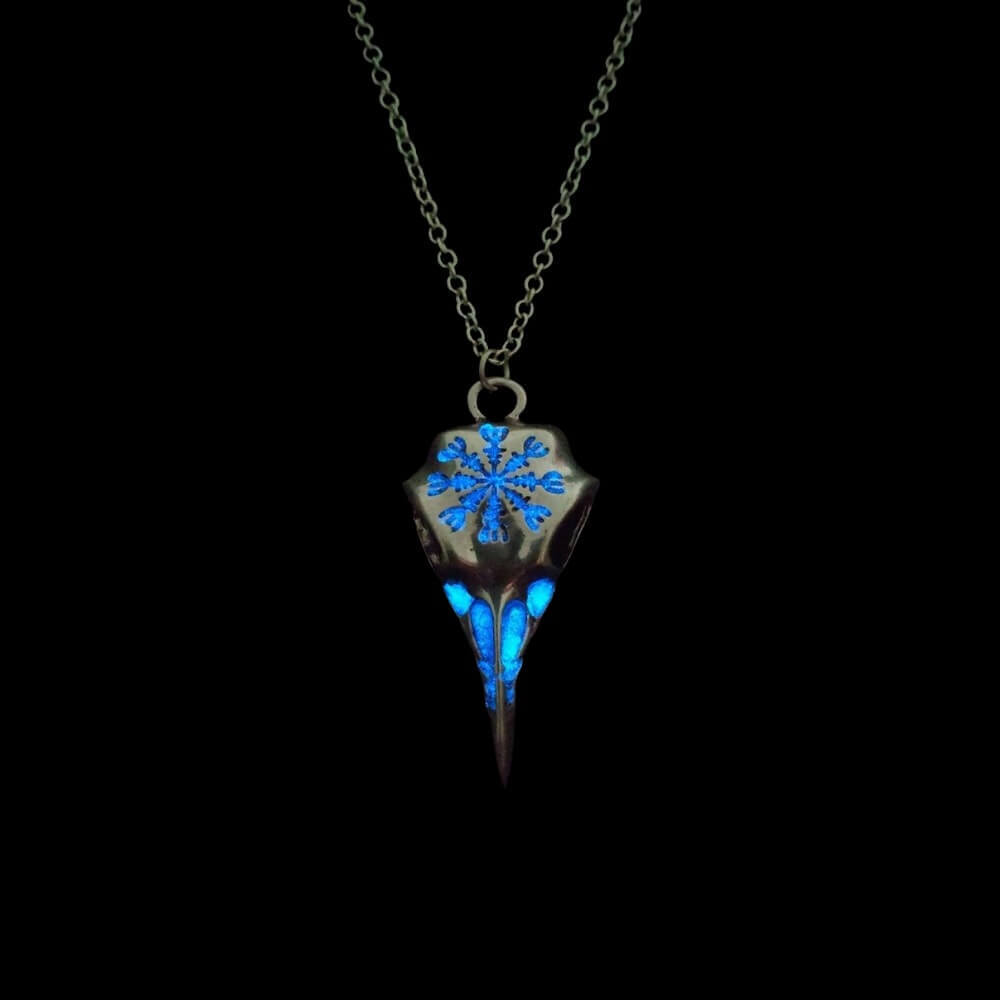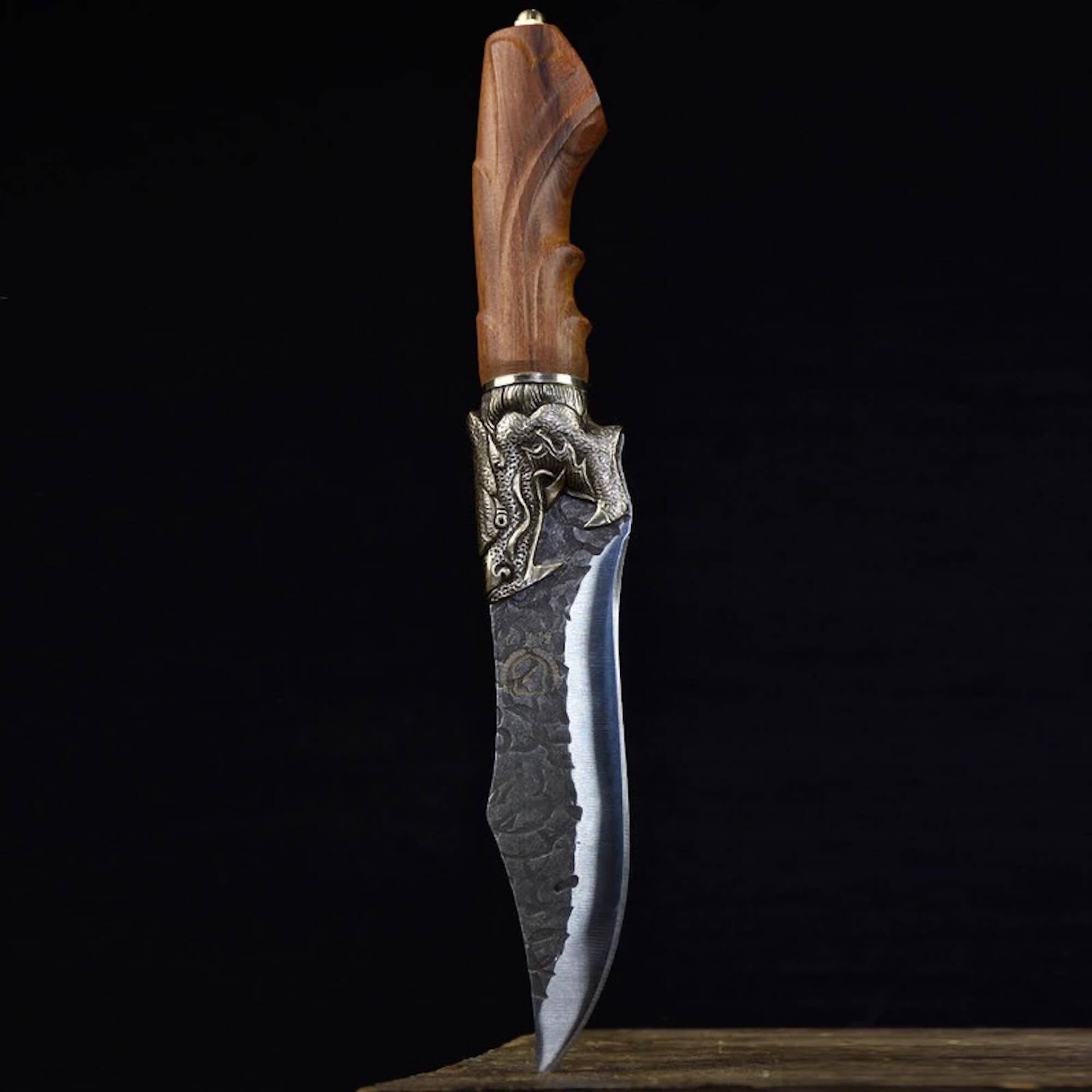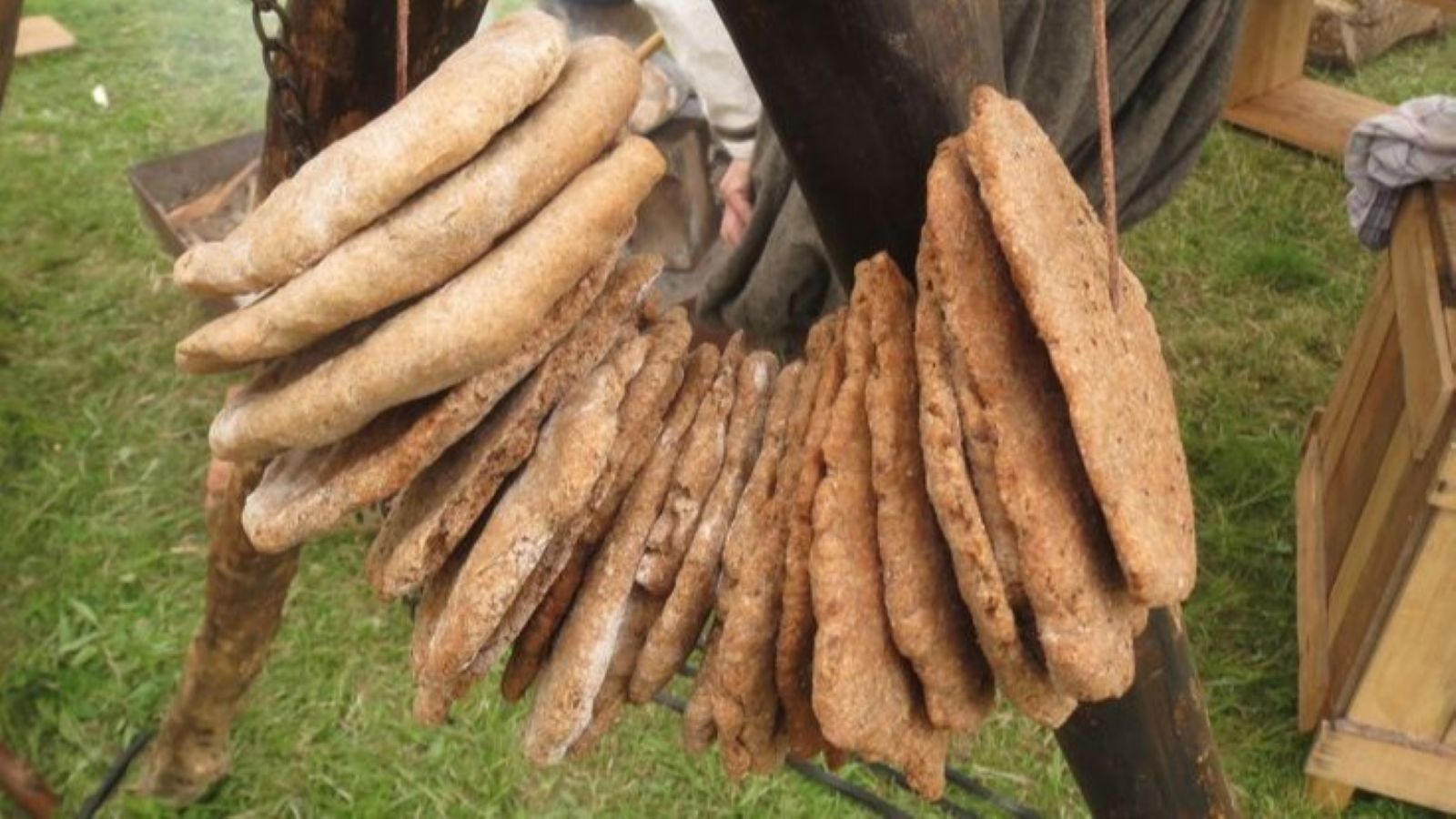
Bake Like a Viking: How to Make Authentic Birka Bread at Home
The archaeological site of Birka , located in modern-day Sweden, stands as one of the most significant remnants of the Viking Age. This bustling trading hub was a melting pot of cultures, where goods, ideas, and traditions flowed freely. Among the many artifacts unearthed there are remnants of carbonized bread , offering us a glimpse into the dietary habits of the Norse people.
These simple, unleavened loaves were staples in Viking households, valued for their durability, portability, and nutritional value. Using insights from archaeologists, chemists, and historians, we can now recreate this ancient bread in our own kitchens. Whether you're a history buff or just curious about Viking cuisine, making Birka bread is an exciting way to connect with the past.
Ingredients: Simple, Wholesome, and Historically Accurate
The bread discovered at Birka was crafted from basic ingredients readily available during the Viking Age. To make your own version, gather the following:
- Whole wheat flour : Provides structure and a nutty flavor.
- Ground flaxseed : Adds texture and binds the dough while offering health benefits.
- Barley flour : A staple grain in Viking times, contributing a rustic taste.
- Salt : Enhances flavor and preserves the bread.
- Water : Acts as the binding agent.
- Butter or lard : Used sparingly, these fats add richness and help achieve a crisp exterior.
These ingredients reflect the simplicity and resourcefulness of Viking cooking, relying on locally sourced, durable grains that could withstand long journeys.
Step-by-Step Guide to Making Birka Bread
1. Preparing the Dough
In a large mixing bowl, combine the dry ingredients—whole wheat flour, ground flaxseed, barley flour, and salt. Gradually add water, stirring with a wooden spoon or your hands until the mixture forms a cohesive dough. The consistency should be firm and slightly dry, unlike modern soft doughs.
Allow the dough to rest briefly while you prepare your cooking surface. This resting period lets the ingredients meld together, enhancing the flavor and texture.
2. Shaping the Bread
Divide the dough into small portions and shape them into flat cakes, no thicker than ½ to 1 inch. These compact discs mimic the size and form of the bread found at Birka, designed to maximize portability and efficiency.
For authenticity, aim for irregular shapes rather than perfectly round patties—a nod to the handmade nature of Viking-era baking.
3. Cooking Techniques
Vikings likely cooked their bread on hot stones or in iron skillets over open fires. In a modern kitchen, you have two options:
- Stovetop Method : Heat a skillet over medium-high heat and cook the bread cakes for 2–3 minutes per side, or until golden brown and slightly crispy.
- Oven Method : Place the shaped dough on a baking sheet and bake at 400°F (200°C) for 10–15 minutes, flipping halfway through to ensure even cooking.
Keep a close eye on the bread to prevent burning. Unlike modern bread, Birka bread lacks leavening agents, so don’t expect it to rise—it will remain dense and hearty.
4. Serving Suggestions
Once baked, serve the bread warm for the best experience. Pair it with accompaniments inspired by Viking meals:
- Salted butter : Adds creaminess and enhances the earthy flavors.
- Fruit jams or honey : Provide a touch of sweetness, balancing the bread’s robust profile.
- Hearty soups or roasted meats : Complete the meal with protein-rich dishes typical of Viking feasts.
This bread also doubles as a durable provision for long journeys, thanks to its long shelf life when stored properly.
Why Recreate Birka Bread? A Journey Through Time
Making Birka bread isn’t just about replicating a recipe—it’s about stepping into the shoes of the Vikings. Each step, from grinding grains to shaping the dough, connects us to a culture defined by resilience and adaptability.
The finished product is a testament to Viking ingenuity: a dense, filling loaf that sustained raiders, traders, and settlers alike. Its simplicity masks its significance—as fuel for warriors and explorers, and as a cornerstone of daily life in the Norse world.
Tips for Success and Experimentation
While the traditional recipe calls for whole wheat and barley flours, feel free to experiment with other ancient grains like rye or spelt for added depth. Similarly, if butter or lard isn’t available, olive oil or another neutral fat can substitute without compromising authenticity.
For those seeking a more immersive experience, consider baking outdoors over an open flame, using cast-iron pans or heated stones. This method brings you closer to the original process used by Viking cooks.
Recreating Birka bread offers a unique opportunity to engage with history through taste and touch. With minimal effort, you can craft a loaf that transports you to the rugged landscapes of Scandinavia, where survival depended on resourcefulness and skill.
So roll up your sleeves, gather your ingredients, and embark on this culinary adventure. Whether enjoyed solo or shared with friends and family, Birka bread is sure to delight—and remind you of the enduring legacy of the Viking Age.

